Pachycephalosaurus
Name Origin
Thick-Headed Lizard
Family
Pachycephalosauridae
Classification
Diapsida, Ornithischia, Marginocephalia
Habitat (Discovery Location)
United States
Period
Approximately 70 to 66 million years ago (Late Cretaceous)
Length
Approximately 5 meters
Weight
Approximately 1 ton
Diet
Herbivore (Plant-eater)
 Jurassic
Jurassic
Park / World Featured Dinosaur
Appearance in The Lost World: Jurassic Park
The Lost World: Jurassic Park marked the series debut for the Pachycephalosaurus.
In the film, it demonstrated its power by sending one of the dinosaur hunters flying right through a vehicle door. It also had an impressive scene where it used its signature headbutt to smash the door of a Jeep.
However, whether the real Pachycephalosaurus was actually capable of the powerful, charging headbutt depicted in the movie is still strongly debated among experts, and no definitive conclusion has been reached.
Furthermore, similar to the Dilophosaurus in the first film, it was portrayed as being smaller than its actual size. Its main "showcase" scene was centered around this capture sequence. It had very little screen time in the latter half of the film and, undeniably, was a relatively minor presence overall.Appearance in Jurassic World
Pachycephalosaurus (nicknamed "Pachy") also appears in Jurassic World as one of the dinosaurs housed in the park.
However, its role in the film is extremely limited. An incident occurs where one of the individuals breaks out of its enclosure and escapes, requiring capture by the ACU (Asset Containment Unit). This event is only briefly seen on a monitor, showing the dinosaur after it has already been tranquilized.
Notably, unlike the Pachycephalosaurus in The Lost World: Jurassic Park (which was depicted as smaller than its real-life size), the one in this film is portrayed at its actual, full size.

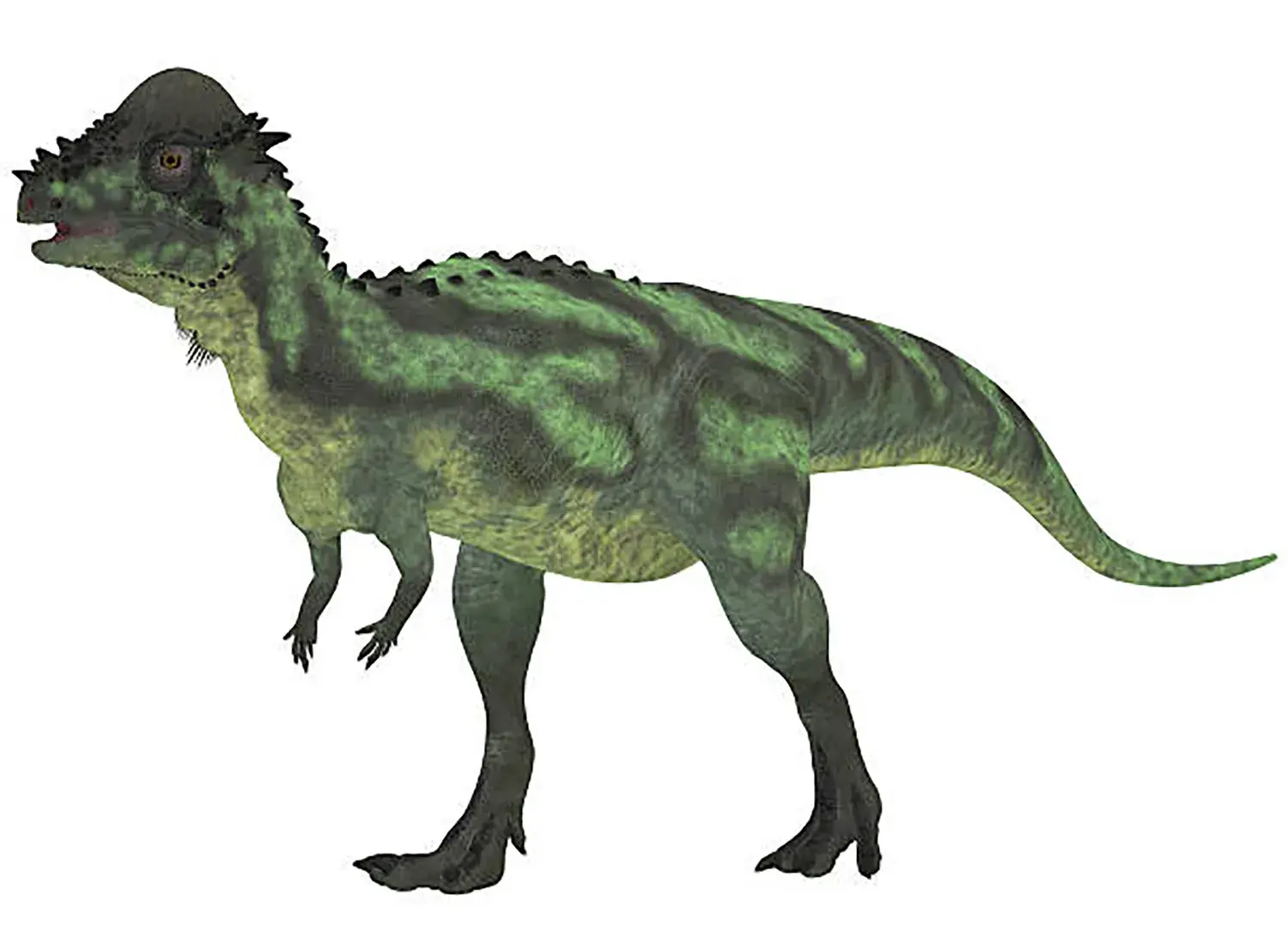
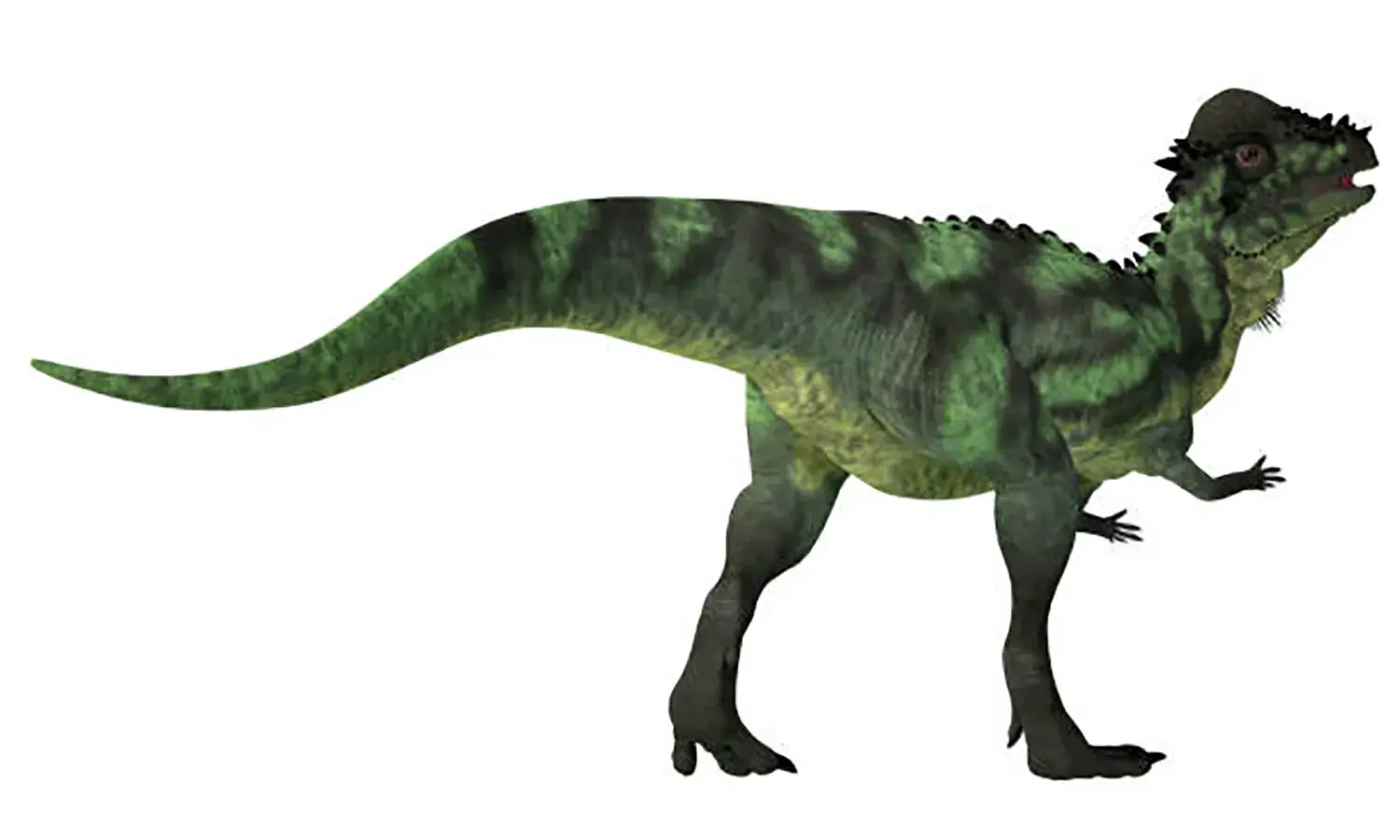

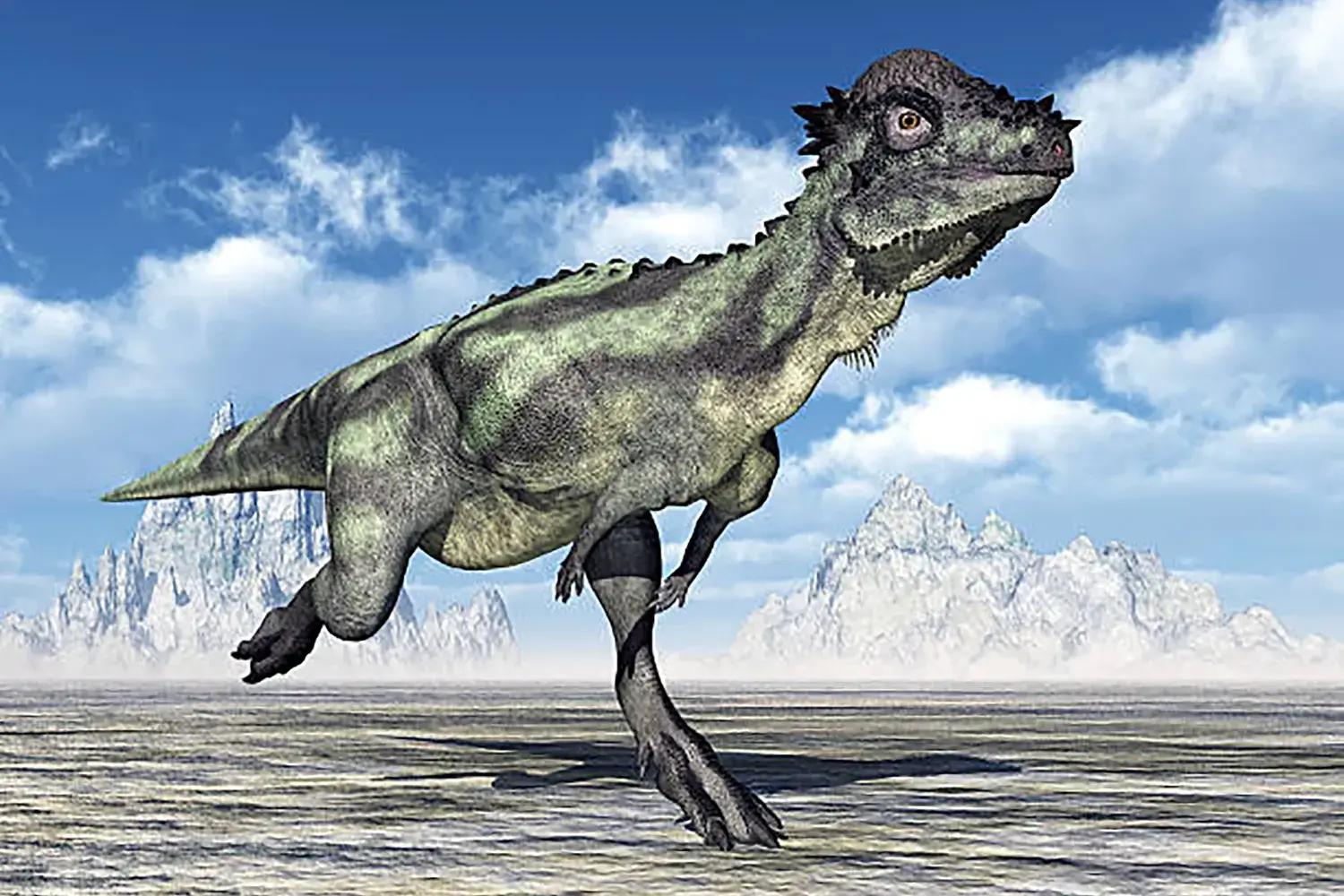
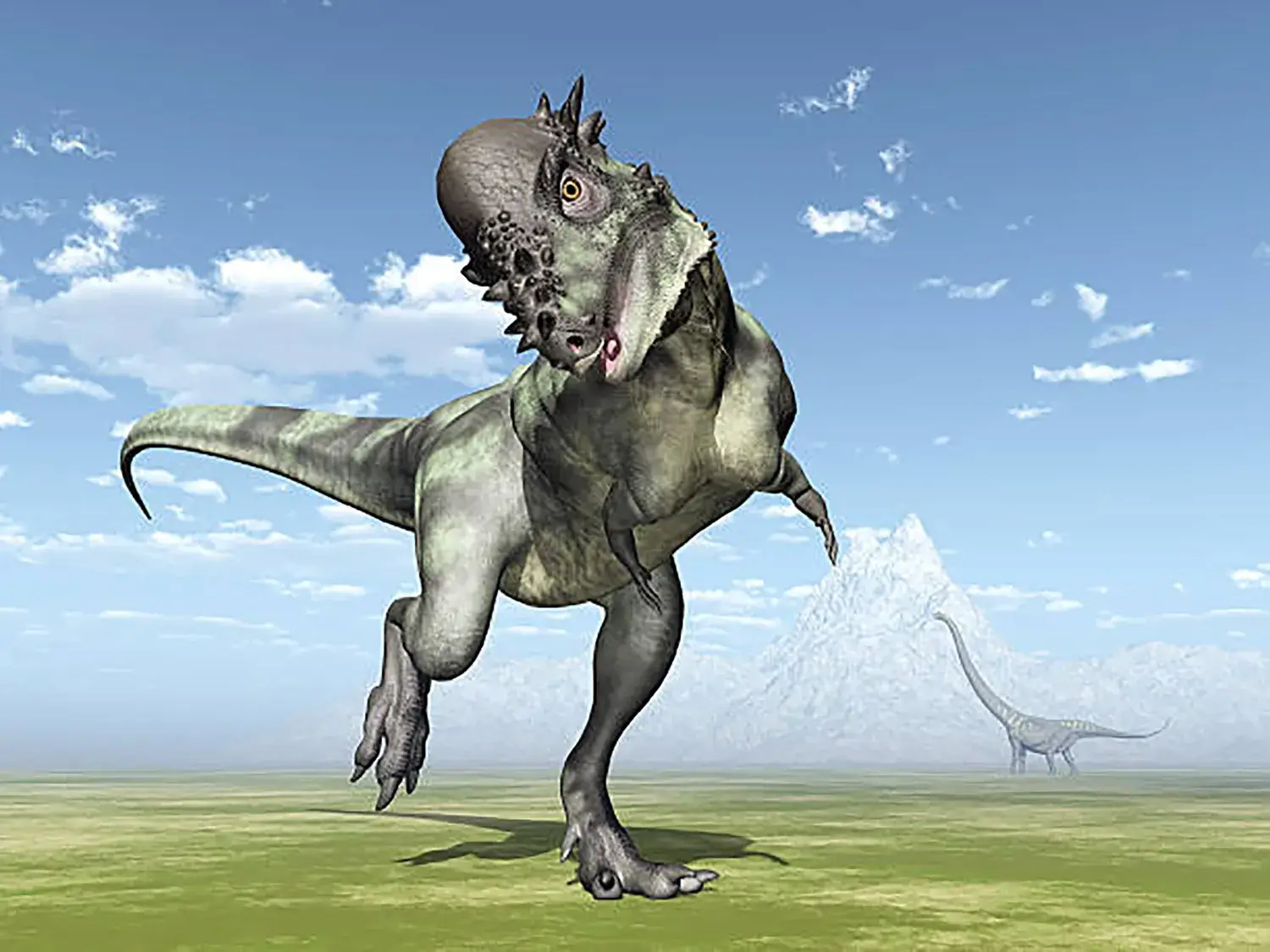
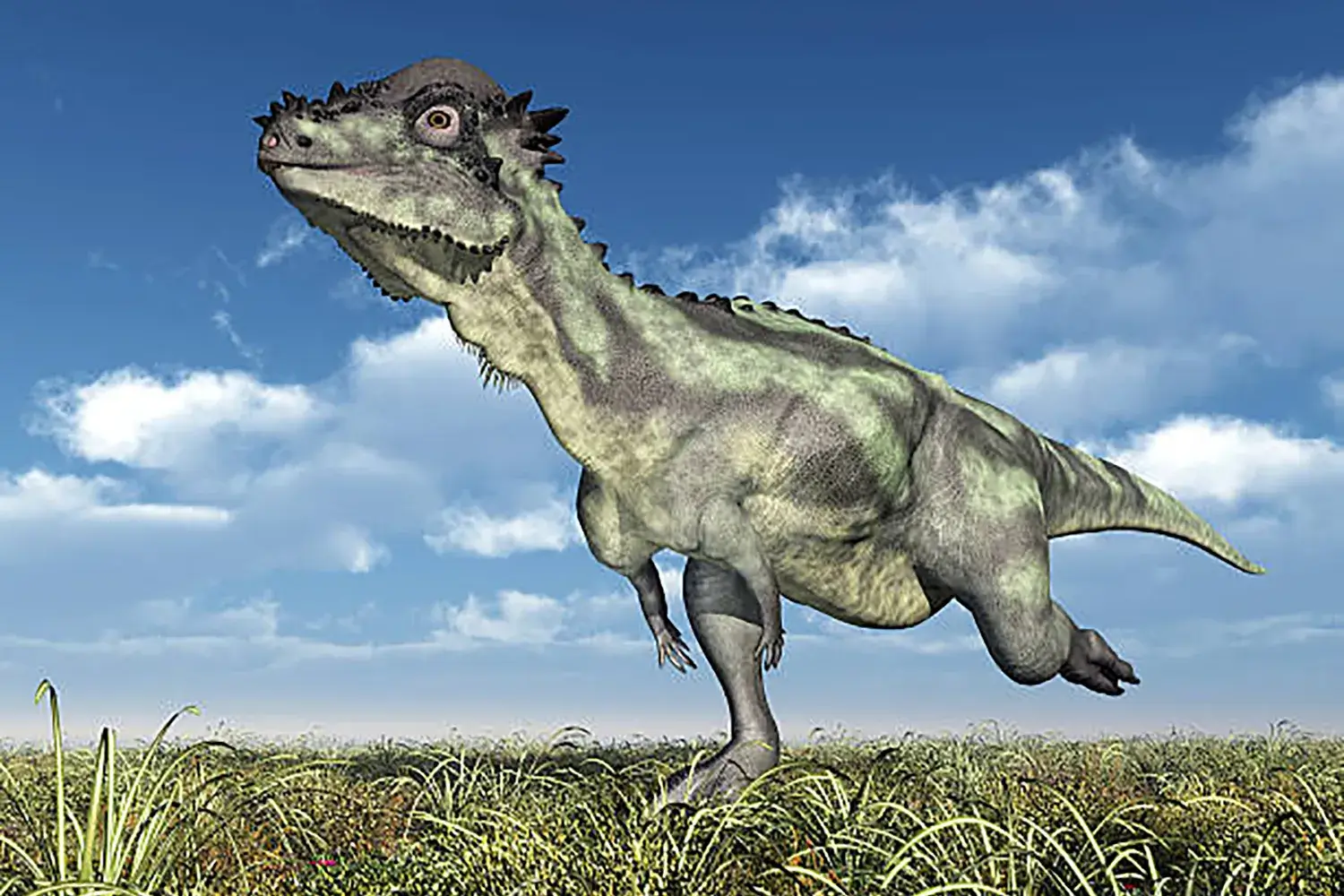
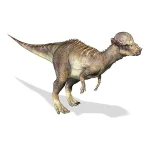
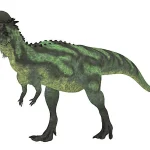

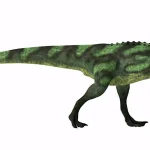
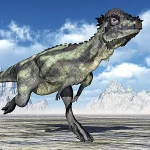
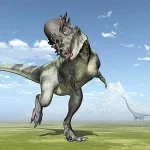
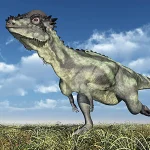
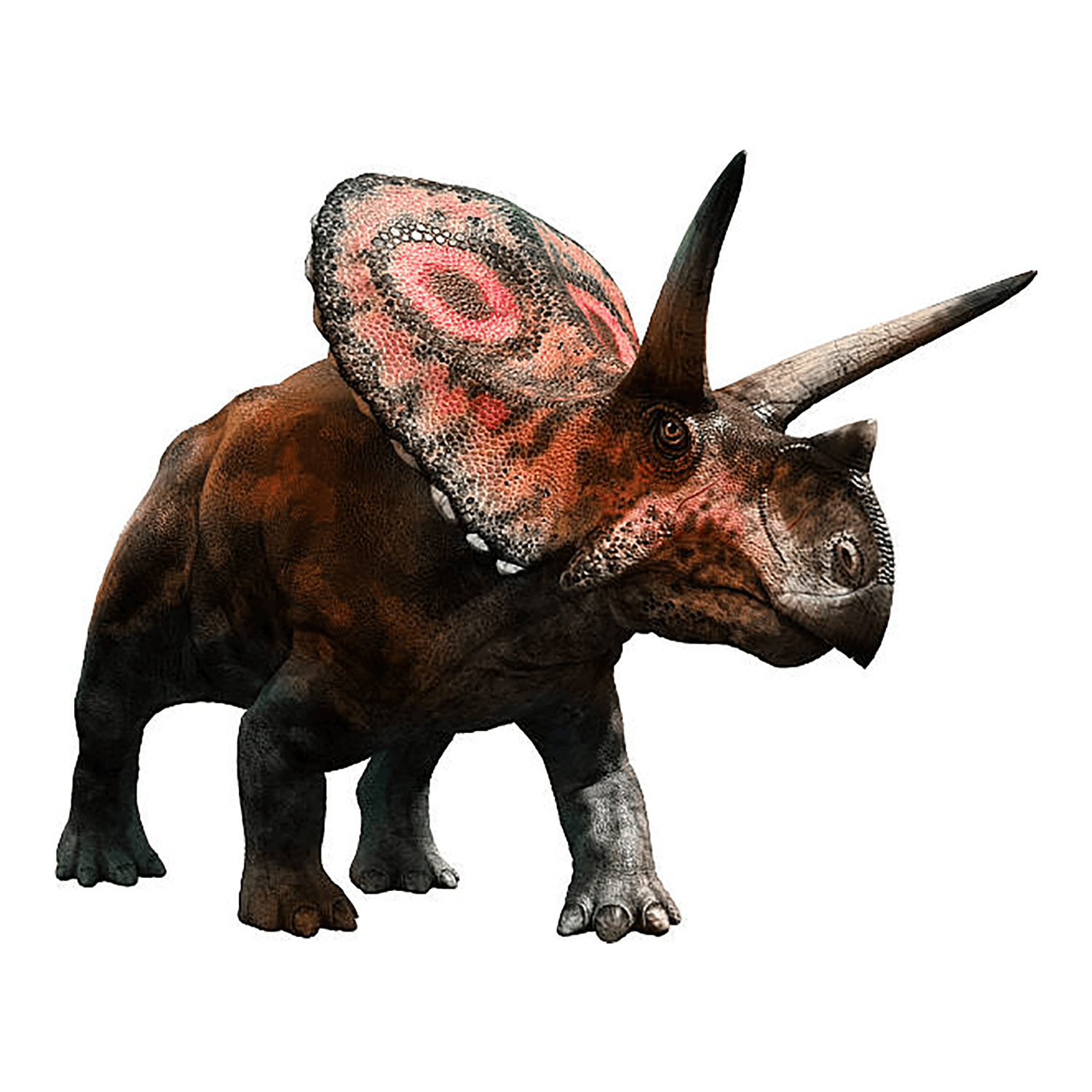
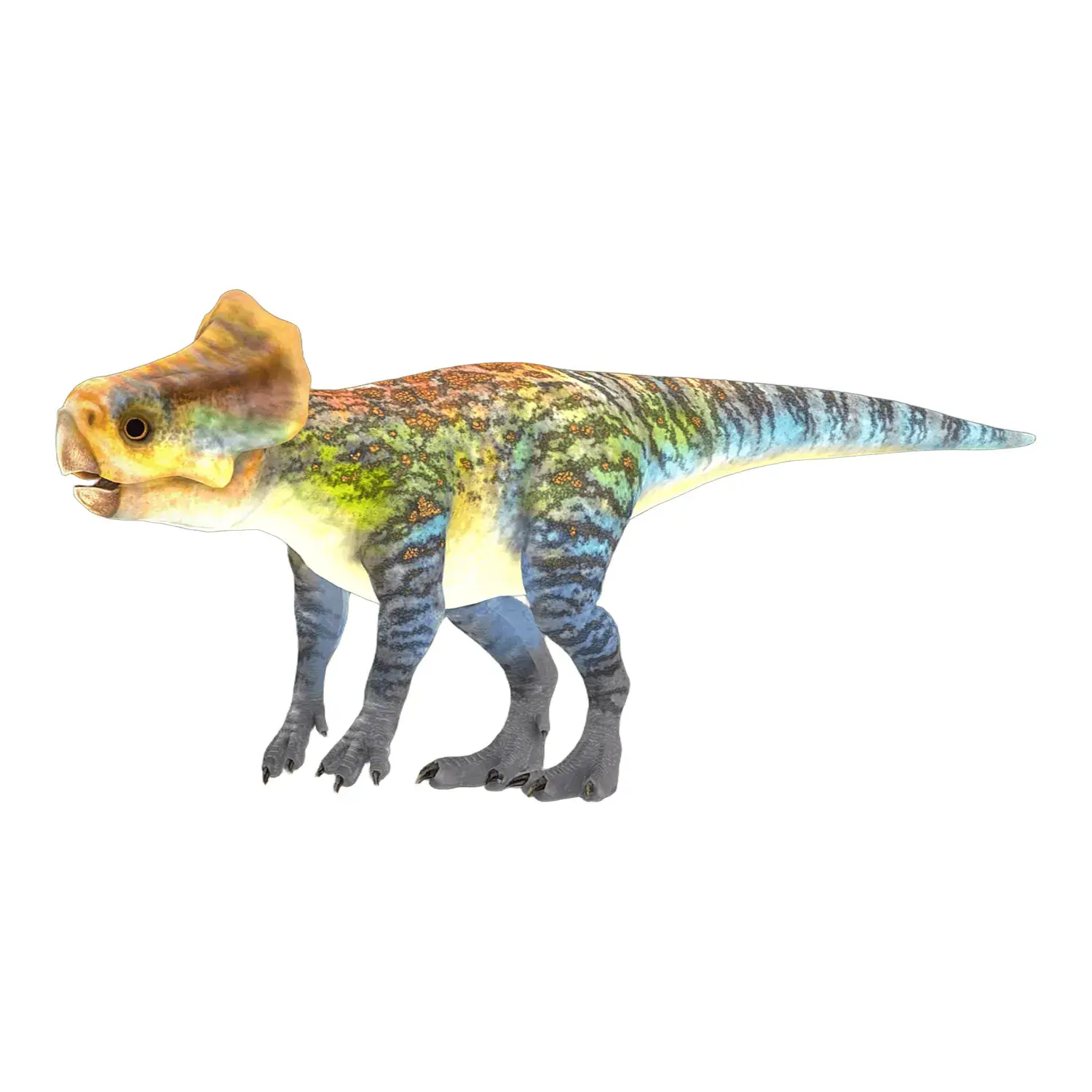
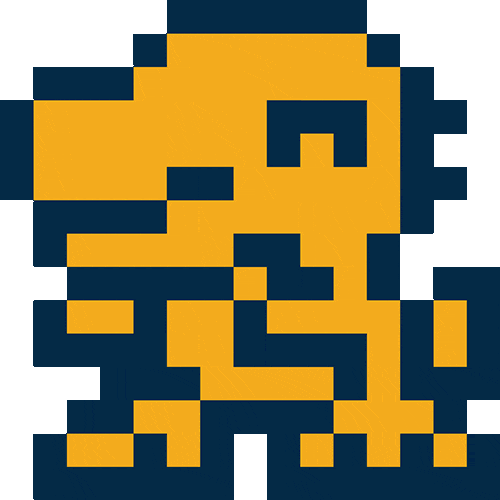
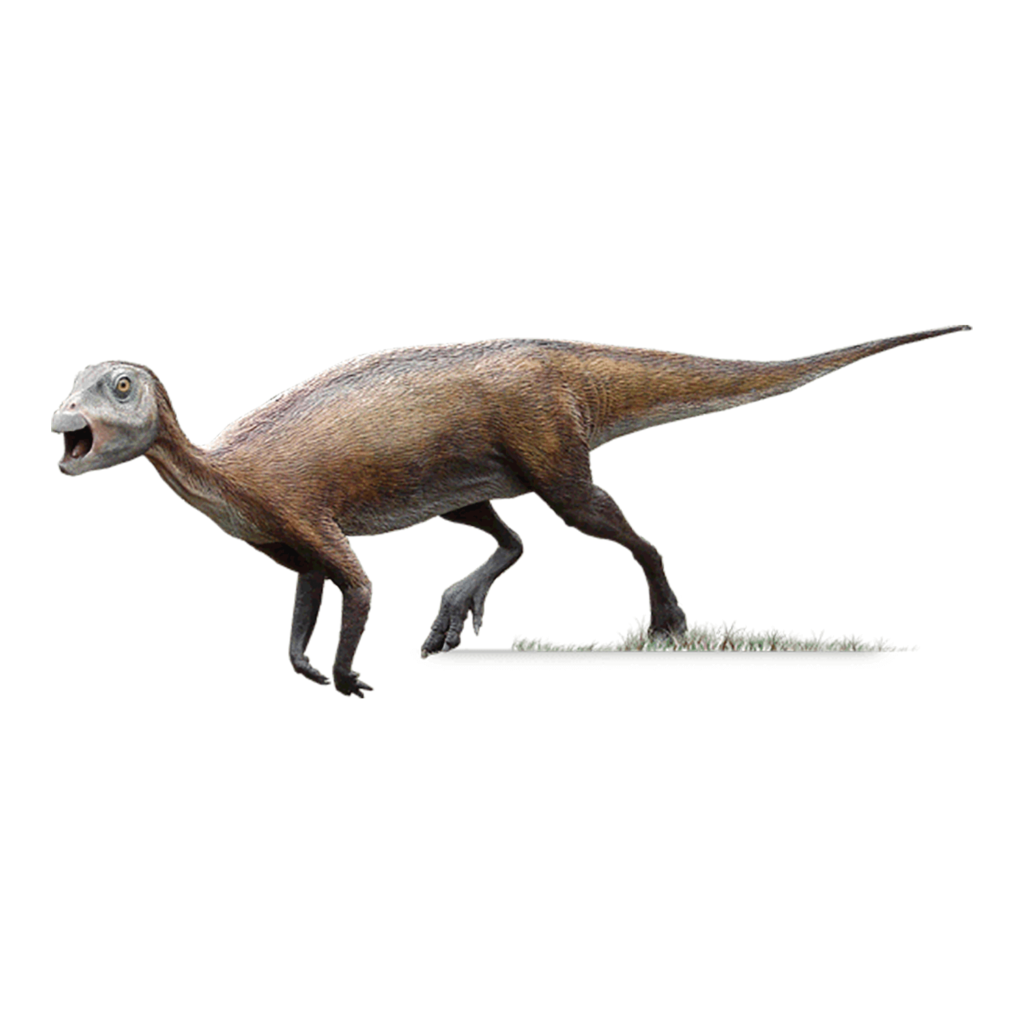
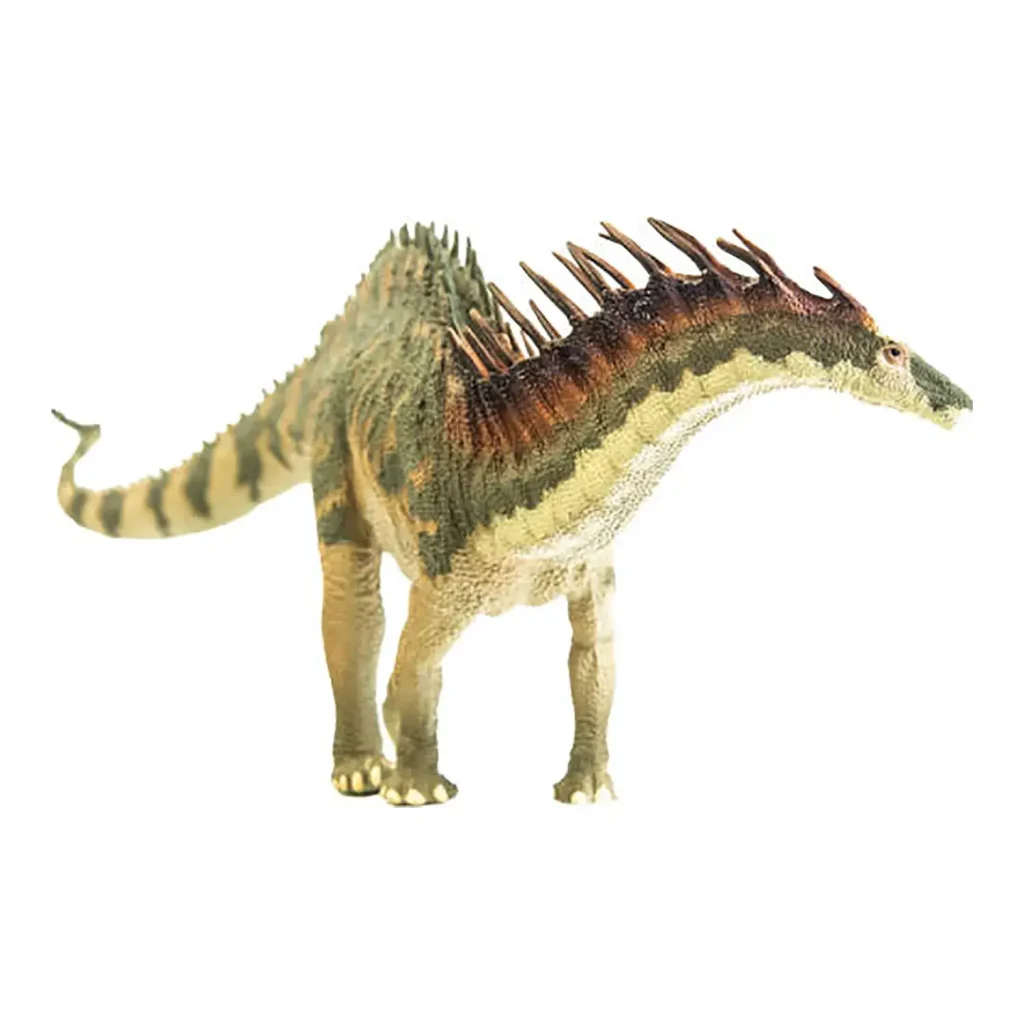
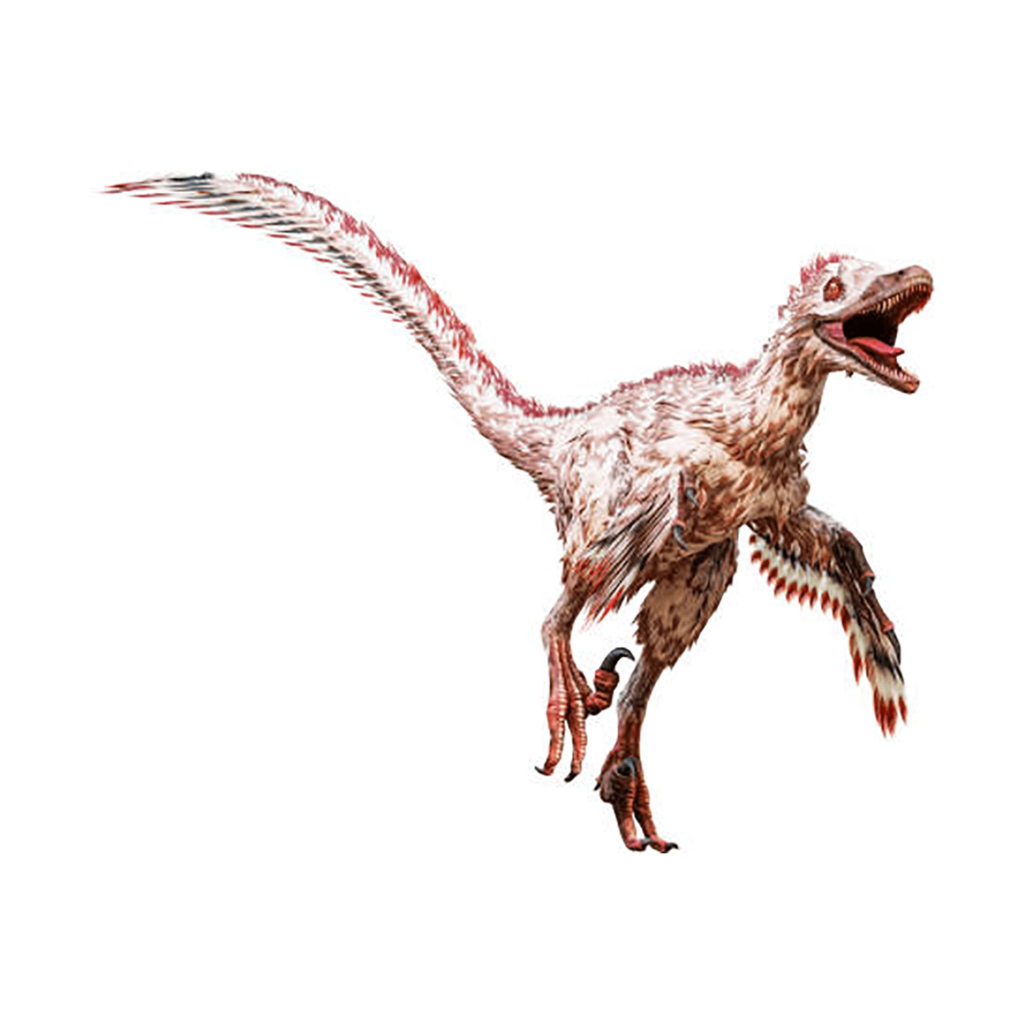

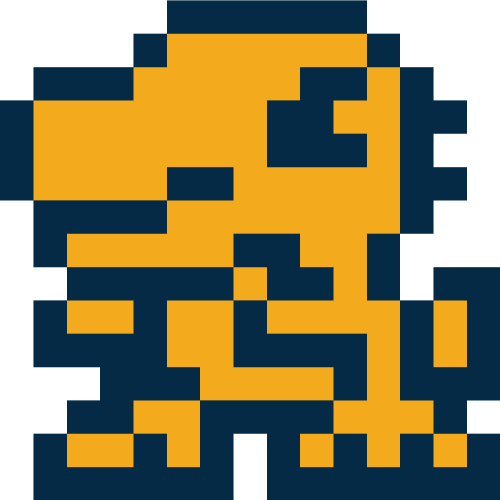
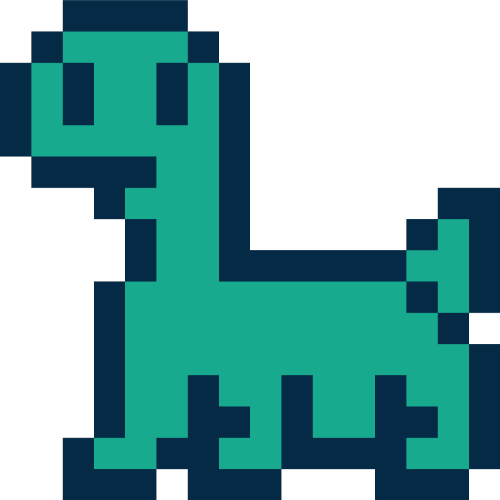
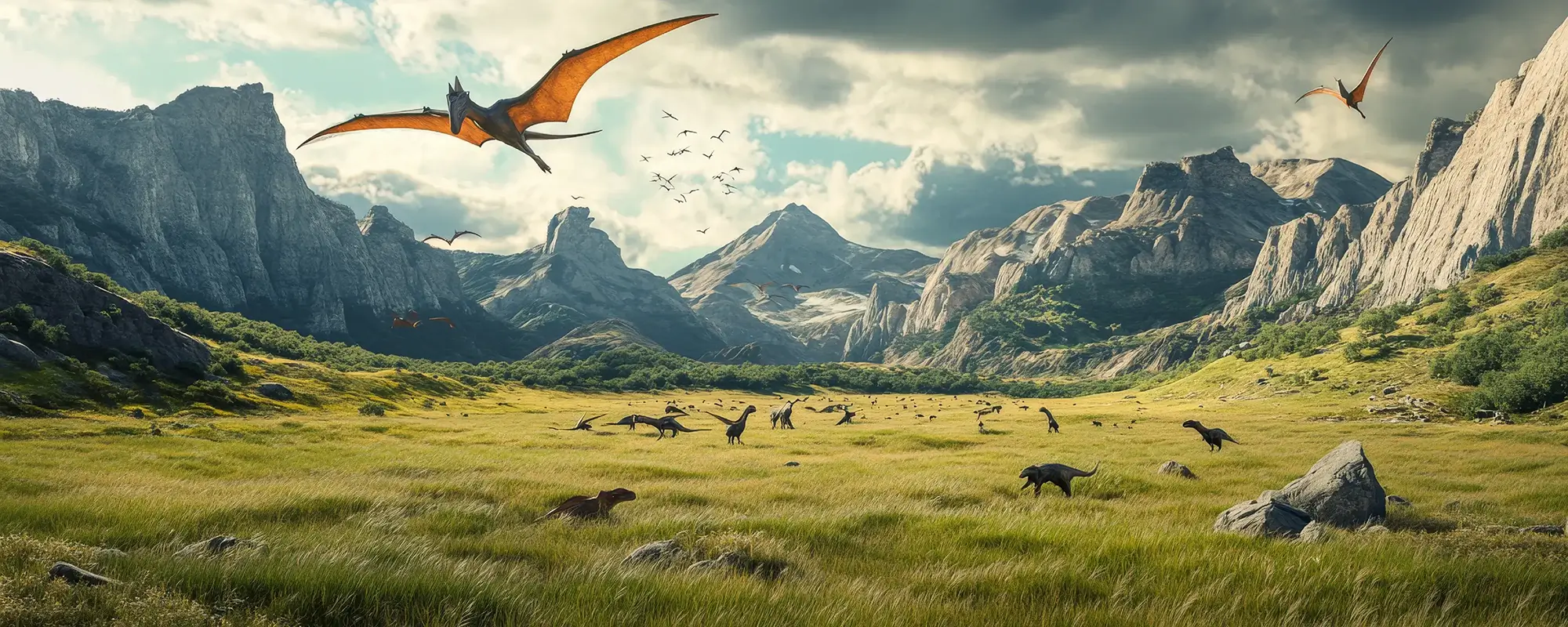



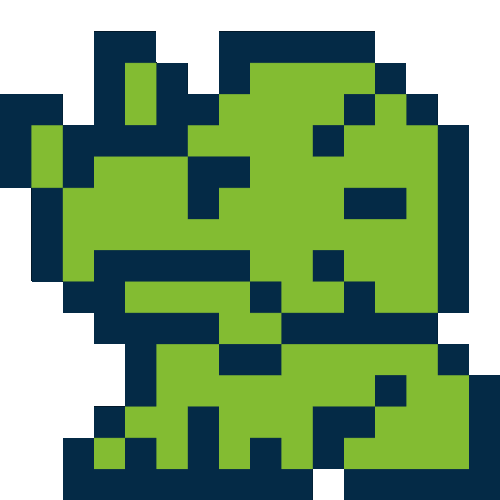






Description
Pachycephalosaurus was a herbivorous dinosaur that lived in North America during the Late Cretaceous period and was about 5 meters long.
Its unique appearance, with a dome-shaped head that looked like it was wearing a helmet, is reminiscent of the Kappa, a mythical creature from Japanese folklore.
It had a sturdy skull.
This dinosaur was the largest of the pachycephalosaurs, and its sturdy skull was made of a solid block of bone that was 20 to 30 cm thick.
The Secret and Purpose of Its Sturdy Head
The “thick head” was initially thought to be a weapon for head-butting in fights between males.
However, this theory is now questioned because there is no mechanism to absorb the impact of a head-butt, and no injuries from fighting have been found on the skulls.
The current leading theory suggests that the head was used as a display to establish dominance among its own kind or to attract mates.
However, this doesn’t mean it was completely useless as a weapon.
It is believed to have used its head to ram the legs or neck of a predatory dinosaur like Tyrannosaurus to defend itself.
The area around the top of its head and its nose was covered in bony horns and knobs, giving it a fully armored appearance.
The area around the top of its head and its nose was covered in bony horns and knobs.
Agile Movements and an Unexplained Full Appearance
The long tail of Pachycephalosaurus was reinforced with ossified tendons, allowing it to be held straight out in the air.
It is believed that this tail helped it balance, enabling it to make agile movements while walking on two legs.
It used its tail for balance, which allowed for agile bipedal movements.
However, a complete skeleton of Pachycephalosaurus has not yet been discovered, so its current appearance is a reconstruction based on data from closely related species where more research has been done.
This means there is still a possibility that a shock-absorbing structure might be found, which would prove that the head-butting dinosaurs from old illustrations were a reality.